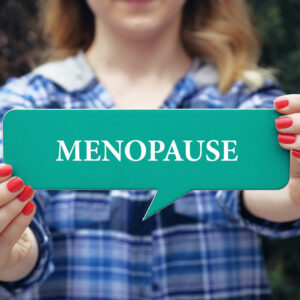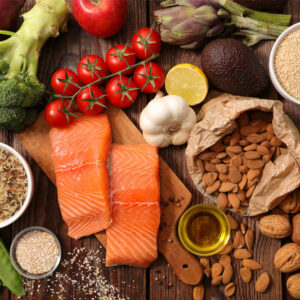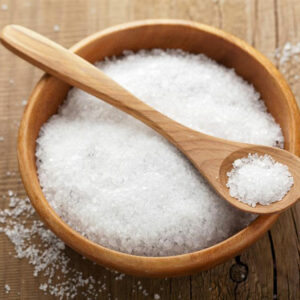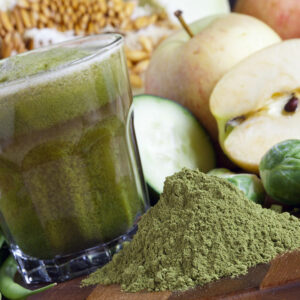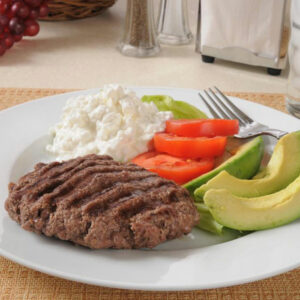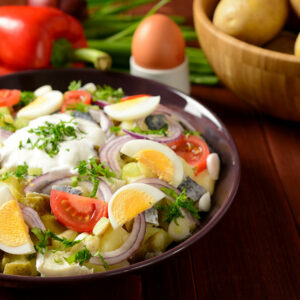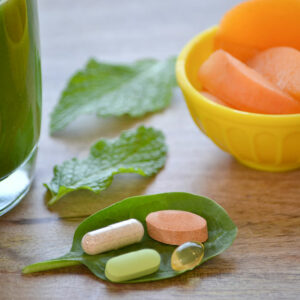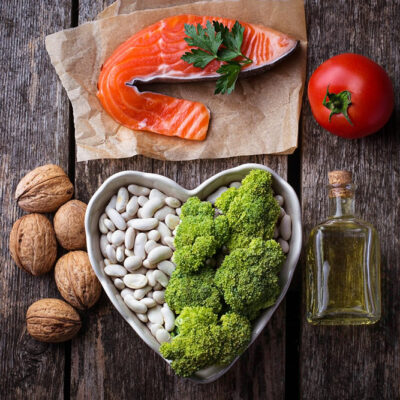
01
5 foods that can help fight lymphoma
A lymphoma is a type of cancer that begins in the immune system, specifically in the lymphocytes, which are the are the infection-fighting cells of the body. The lymphocytes of a patient with lymphoma, change and grow out of control. This results in rapid cell growth which leads to cancer. Lymphoma is of two types—Hodgkin’s and Non-Hodgkin’s lymphoma. It can be treated with chemotherapy and other cancer treatment methods. However, diet plays an important role since the immune system is already weak and vulnerable to attack. Here are 5 food items that help fight lymphoma and improve the quality of life during treatment. Broccoli Cruciferous vegetables like broccoli, cabbage, cauliflower, and radish have proven to help strengthen the body’s immune system and can thus help significantly in fighting lymphoma. Patients are advised to have anywhere between 5 and 10 servings of vegetables daily. Other sources of cruciferous vegetables include Brussels sprouts, kale, turnips, and arugula. Chicken Meat is a large source of protein and lean meat like chicken and turkey can help give patients the required amount of protein during or after the treatment. However, it is important to avoid excess consumption of red meat since doctors have found a correlation between increased risk of cancer and the consumption of excess read meat. Lean meat, on the other hand, had much fewer side effects and is the healthier option in general. Quinoa The body requires a healthy diet, especially during cancer treatment. This involves the consumption of the right carbohydrates to give the body the energy it needs. A healthier alternative to traditional sources of carbs like rice, potatoes, and bread is quinoa. Cooked quinoa has 23% carbohydrates while keeping it as a simultaneous source of both protein and fiber. Moreover, quinoa is gluten-free which is an added advantage to who those who are intolerant to gluten.
Read More 